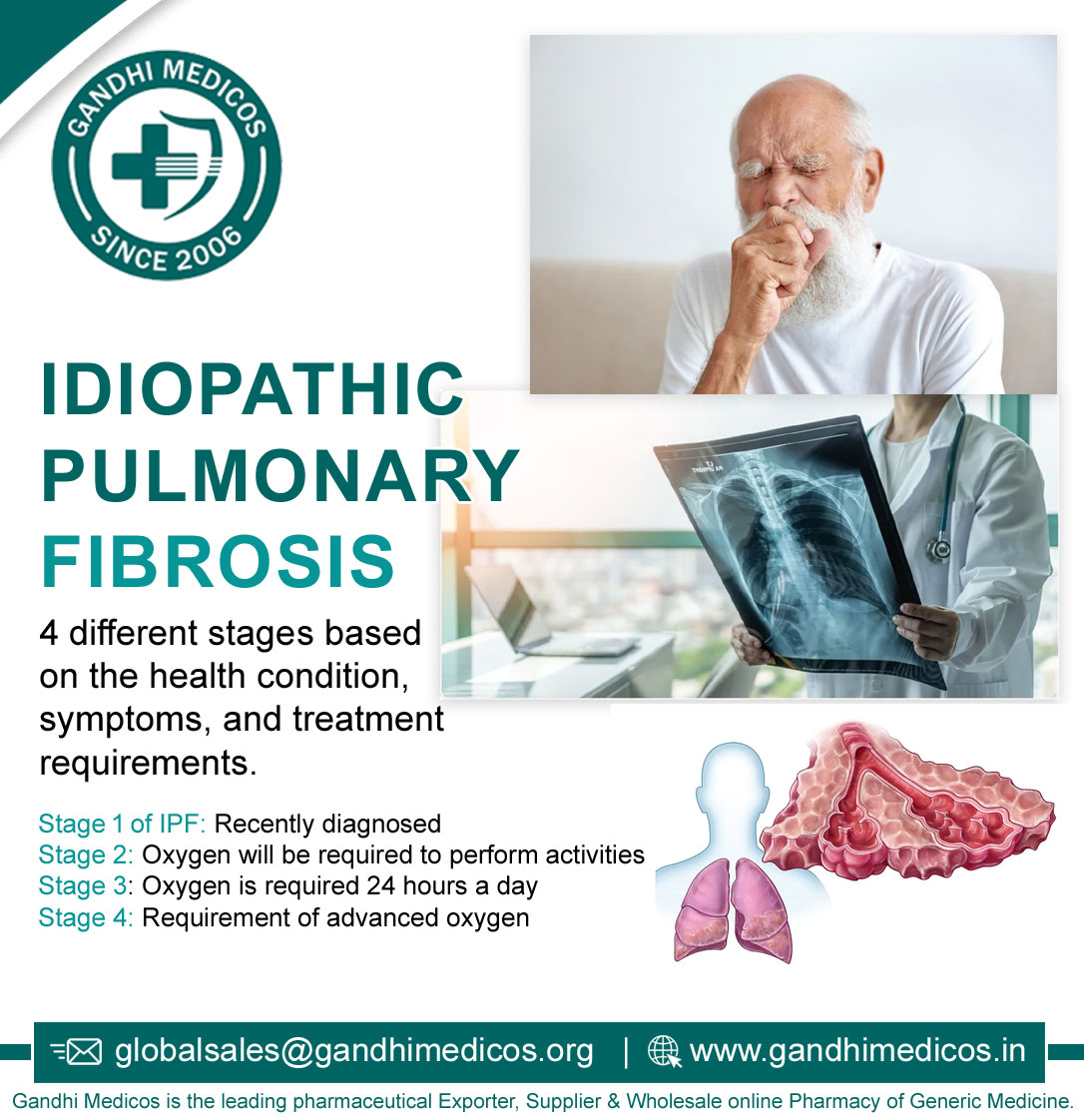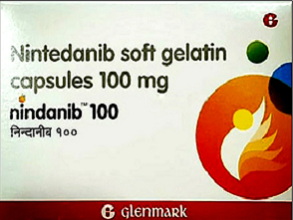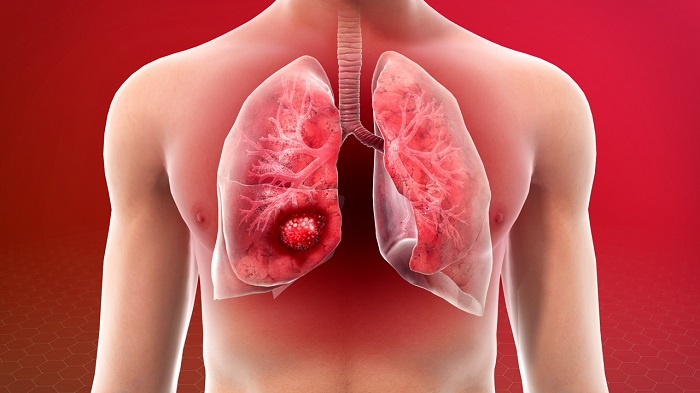Table of Contents
4 Stages of IPF
 IPF stands for Idiopathic Pulmonary Fibrosis, which is a progressive and rare lung disease. Doctors stage IPF in 4 different stages based on the health condition, symptoms, and treatment requirements. IPF is a scary lung disease; however, it is not a death sentence as early diagnosis and effective medication like Nintedanib will enable you to live for many years.
IPF stands for Idiopathic Pulmonary Fibrosis, which is a progressive and rare lung disease. Doctors stage IPF in 4 different stages based on the health condition, symptoms, and treatment requirements. IPF is a scary lung disease; however, it is not a death sentence as early diagnosis and effective medication like Nintedanib will enable you to live for many years.
Stage 1 of IPF: Recently diagnosed
The early signs of Idiopathic Pulmonary Fibrosis disease include shortness of breath, dry cough, and fatigue. Many people have reported showing no symptoms at all or only experienced extreme exertion at the time of climbing stairs. If you are diagnosed with idiopathic pulmonary fibrosis disease, then your healthcare professional will perform a series of physical tests to determine the rate of disease progression and your treatment plan.
Pulmonary function tests, also known as lung function tests, will be performed to know how much your lungs are able to hold air. A 6-minute walk test will also be conducted to measure your amount of shortness of breath during physical activity. This disease’s first stage comprises two types of treatment: OFEV and Esbriet. Changes in lifestyle, like exercising and quitting smoking, will also help the individual living with IPF.
Stage 2: Oxygen will be required to perform activities
Shortness of breath at the time of performing activities will be a common symptom as this disease progresses. A common sign at this stage of IPF is coughing. Doctors will be prescribing individuals oxygen to perform activities at this stage on the basis of oxygen saturation with activity and rest. You can monitor and regularly check the oxygen saturation using a pulse oximeter and make sure that the airflow is correct. The oxygen saturation equal to or greater than 89% in an activity helps the individual to feel better.
Stage 3: Oxygen is required 24 hours a day
At stage 3, patients feel breathlessness with physical activity. Fatigue and cough are the two main symptoms at this stage. The oxygen level for people at this stage is quite low, and they may require oxygen at rest; however, they will not feel shortness of breath at rest. Exercise will help them to improve their symptoms and energy level with 24 hour oxygen.
Stage 4: Requirement of advanced oxygen
At this stage, a lightweight and portable oxygen delivery system may not fulfill the requirements of a patient; therefore, healthcare professionals will suggest a non-portable high-flow oxygen delivery system. Advanced oxygen supply cannot be provided by portable and lightweight oxygen containers; therefore, people living with IPF may be socially isolated. Friends and family should continue to support them, so they do not feel depressed.
Treatment options for idiopathic pulmonary fibrosis disease
There are limited treatment options available for IPF since it is a progressive disease that may worsen with time. The outlook or prognosis for IPF is quite poor, and the survival or life expectancy rate for people with IPF is less than five years. It mostly affects older or middle-aged adults and has no permanent cure.
Certain medications like nindanib 100mg help to treat pulmonary fibrosis disease and are prescribed only by healthcare professionals. Heart failure, decreased activity, shortness of breath, high lung pressure, and lung failure are severe complications of IPF. If you are diagnosed with IPF, then your doctor will prescribe you effective medications like nindanib 100 or will suggest you go for lung transplantation if it is required at the present moment.








 +91-9811604444/ 9811604424/ 9999064250
+91-9811604444/ 9811604424/ 9999064250  8(800)100-47-90
8(800)100-47-90


